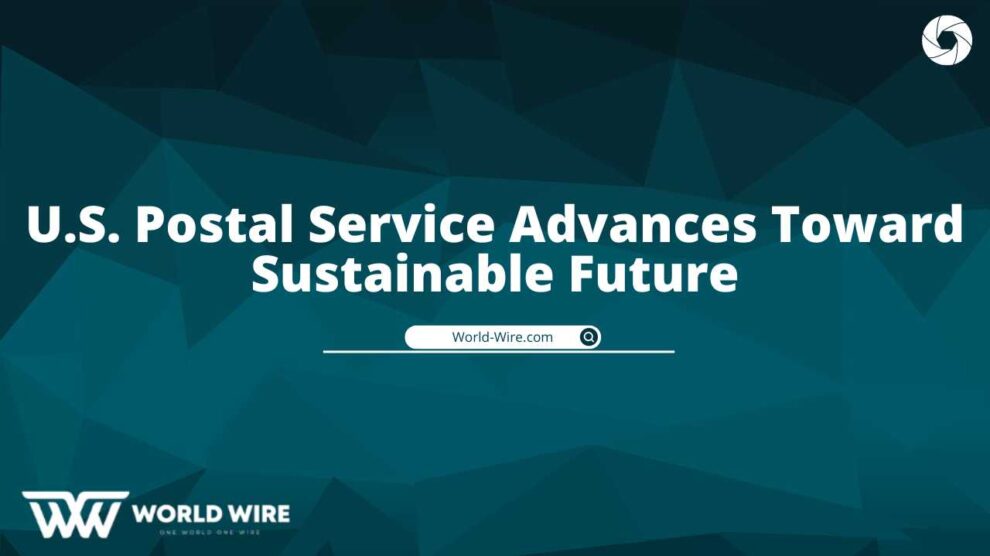A voluntary inventory of the U.S. Postal Service’s greenhouse gas (GHG) emissions was conducted as part of its ongoing commitment to sustainability and environmental leadership. By conducting this study, the Postal Service establishes the basis for future, annual evaluations to determine if its stated goals for reducing greenhouse gas emissions are being achieved.
As the only federal agency to publicly report greenhouse gas emissions, the Postal Service voluntarily determined its greenhouse gas emissions, even though it is exempt from the recent Executive Order on energy guidelines. Beginning with the purchase of its first electric vehicle for mail delivery in 1899, the Postal Service has a long history of environmental stewardship.
Based on greenhouse gas emissions from 50 states and five U.S. territories, the greenhouse gas report examined emissions from Postal Service vehicles and facilities. Additionally, the Postal Service reported emissions from air, highway, rail, and ship transportation beyond the standard requirements for reporting GHG emissions. Because the Postal Service is so large and it takes time to do an exhaustive analysis of emissions, 2007 was chosen because it had the most accurate and complete data.
5.3 million tons of greenhouse gases are directly emitted by the US Postal Service, less than one twentieth percent of American greenhouse gas emissions. It is roughly equivalent to 1 million gasoline cars driving 12,000 miles a year, according to the Environmental Protection Agency.
The Postal Service emits 52 percent of its carbon dioxide by contracting transportation services. Only 12 percent of the carbon footprint is attributed to vehicles, given that the Postal Service has 43,000 alternative fuel vehicles delivering mail around the country.
By 2015, the Postal Service intends to use 30 percent less energy, use 20 percent less petroleum fuel, and emit 20 percent less greenhouse gases. In the pay-for-performance plan for postal managers, achieving electric and fuel reduction goals will be part of the goal.
From how we sort mail to how we deliver it, to the packaging we use for customers, the Postal Service takes a comprehensive approach to sustainable business practices. Sam Pulcrano, vice president for Sustainability, said “We recycle over a quarter million tons of paper and plastic annually and operate the largest fleet of alternative fuel vehicles in the world.” In addition, we aim to foster a culture of conservation among our employees.
“It is clear that Federal agencies are capable of leading by example when it comes to emissions reduction, energy conservation, and petroleum fuel usage,” said Michelle Moore, the Federal Environmental Executive under the Obama Administration.
An independent greenhouse gas study was conducted by Ryerson, Master and Associates Inc. using internationally recognized, world-class standards and independently verified by Det Norske Veritas. A leading global greenhouse gas emissions reporting and reduction organization, The Climate Registry (TCR), independently certified the study.







Add Comment